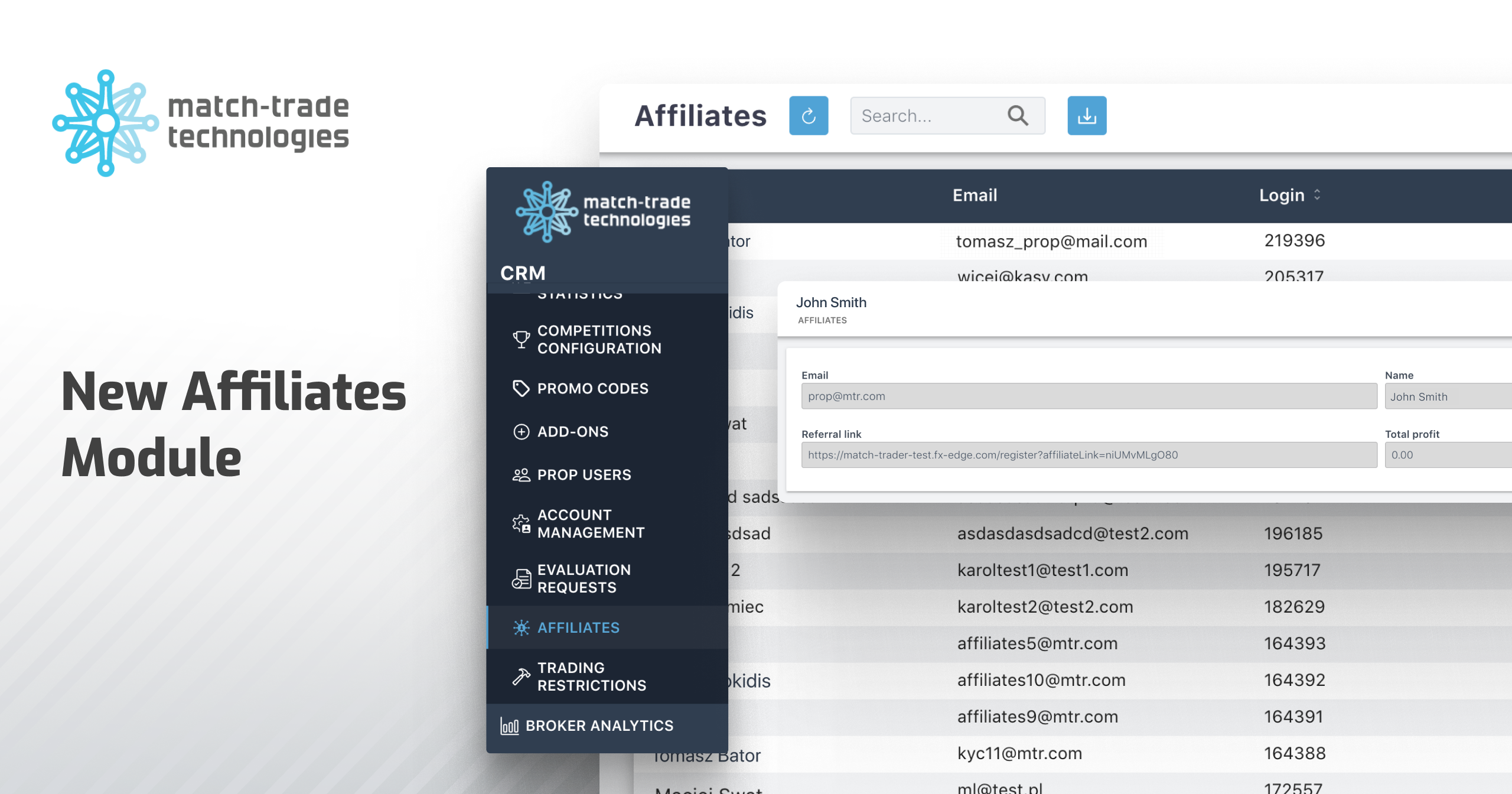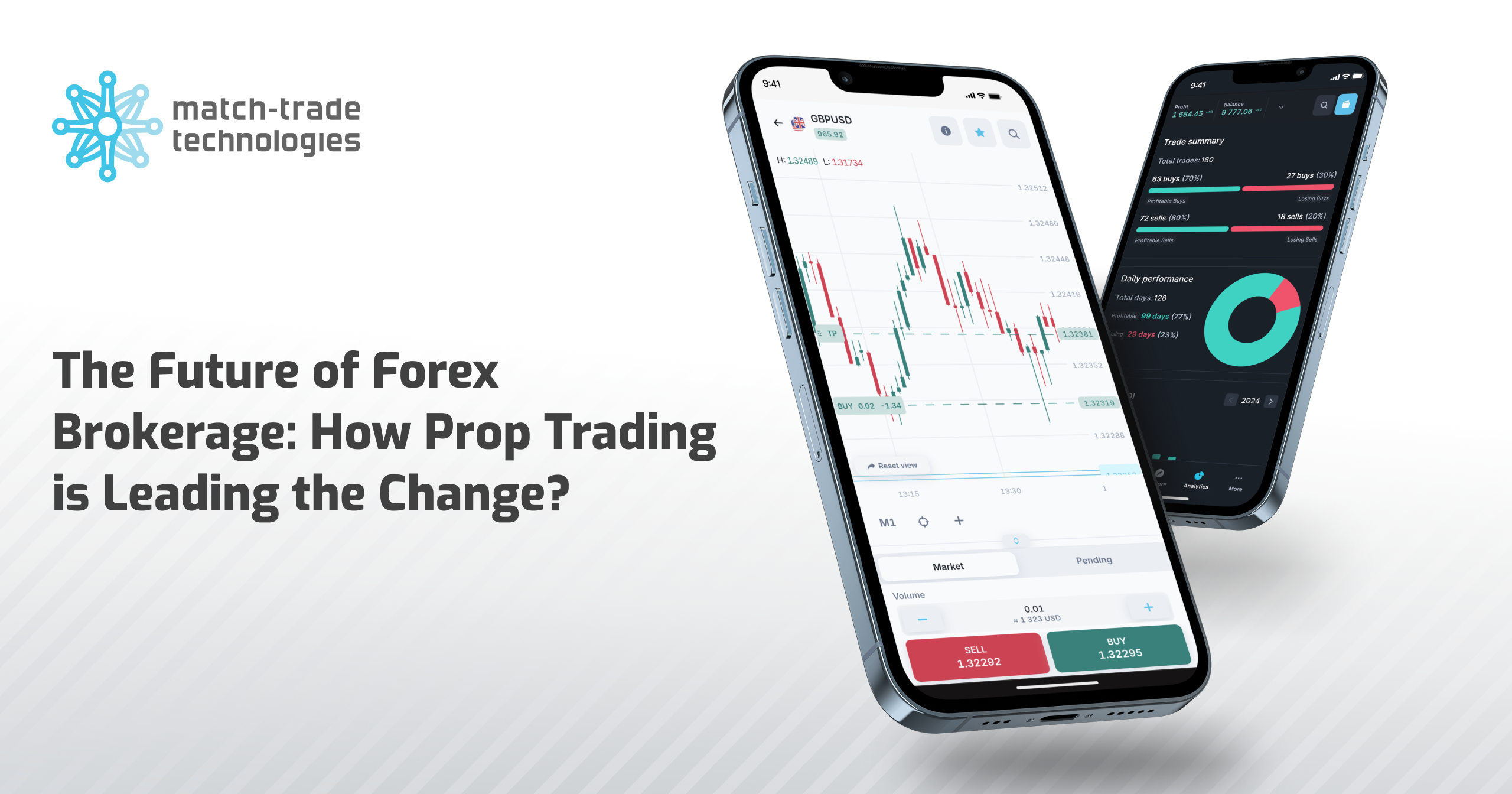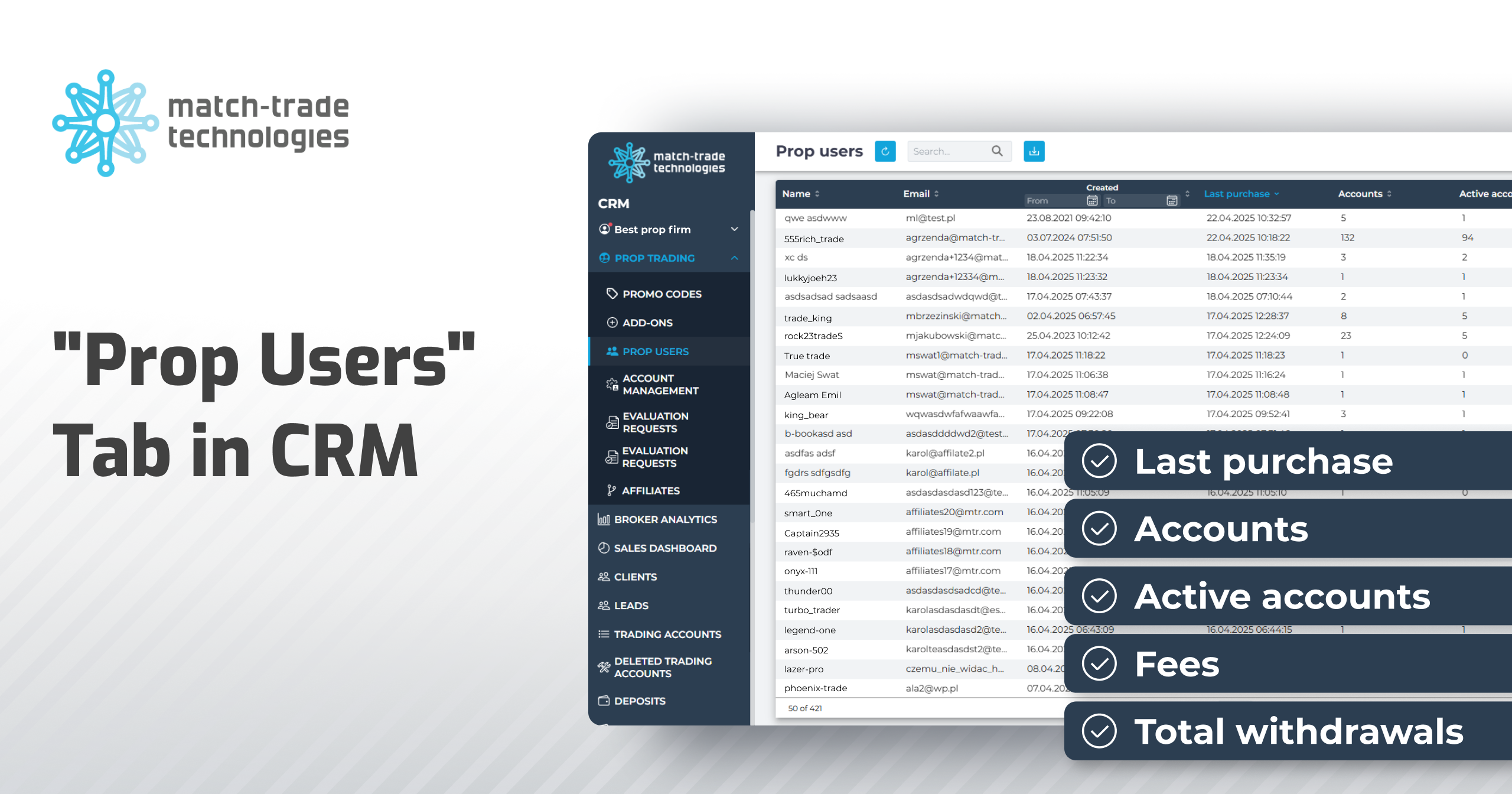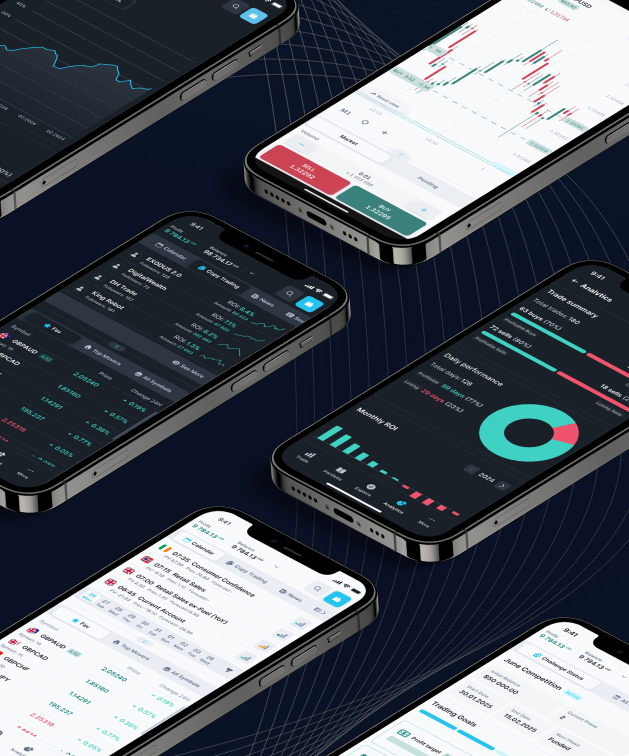The vast majority of Internet users have heard about “disaster girl” or have seen this meme at least once. However, it was only on the occasion of the spread of Non-fungible tokens (NFT) that the world learned the name of Zoë Roth, an already adult girl from a photo, which is still one of the most popular virals on the Internet.
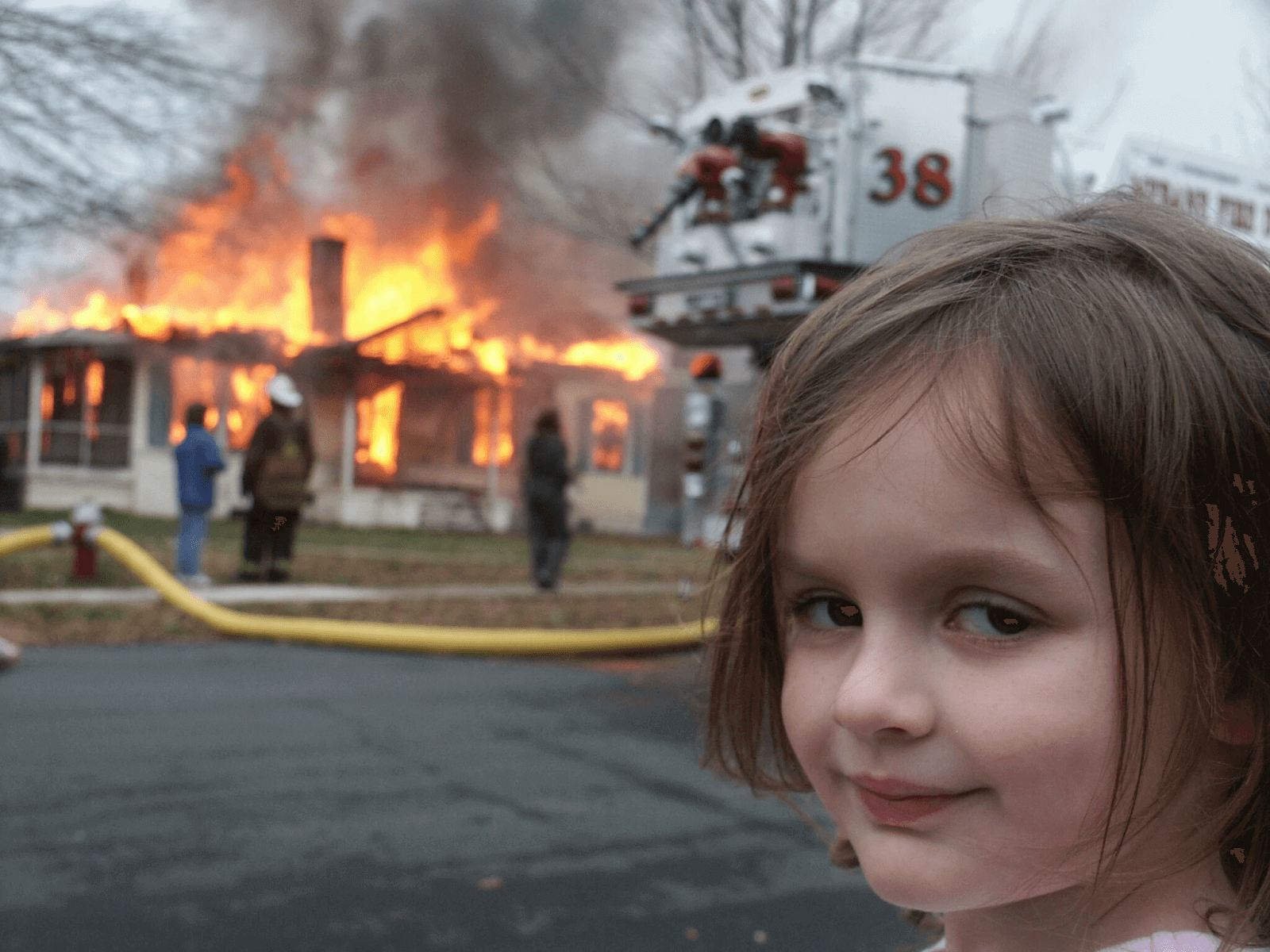
However, as the meme grew more popular, Zoë’s identity within it became further and further distant–neither she nor her father (who snapped the photo) received any sort of meaningful credit for it.
Until now.
In April of 2021–more than a decade after the photo gained popularity in the meme world– Zoë sold the original copy of her meme as a non-fungible token (NFT) for 180 ETH tokens–worth almost half a million dollars at the time of sale.
And Zoë isn’t the only one to take ownership of her own image through the sale of an NFT. The famous “Charlie Bit Me” YouTube was auctioned off as an NFT in late May 2021 by the father of the boys featured in the video; for months prior, other viral meme stars, artists, musicians, and others have been banking in on the NFT craze.

1-year-old Charlie Davies-Carr bites his brother Harry, age 3, in the famous “Charlie bit my finger” YouTube clip. To this day, it is Youtube’s most-watched video.
But what are NFTs, really?
NFTs are unique digital objects that are not interchangeable with other tokens
On a technical level, a non-fungible token is a digitally unique object that is generated on a blockchain network. Like cryptocurrencies, NFTs can be traded, bought, and sold. However, unlike traditional cryptocurrencies, these tokens are not interchangeable with one another.
Therefore, ownership of each unique non-fungible token can be tied to ownership. For example, they can be used to trade ownership of unique “real-world” objects, including real estate, physical works of art, or other physical collectables.
However, NFTs can also be tied to digital objects, including sounds and images. Often, NFTs are used to own and trade digital works of digital art, digital sports trading cards, and memes (like the aforementioned “disaster girl.”)
When it comes to digital objects, the concept of NFT ownership can become somewhat complex. Usually, ownership of an NFT that is associated with a digital image or work of art does not include the intellectual property associated with that image.
How do NFTs derive their value?
So, how do NFTs derive their value? Essentially, NFTs create scarce assets in an age of digital ubiquity. Anyone can save a copy of an image to their hard drive with the click of a button. However, because NFTs are digitally unique objects, they can only have one owner at a time; therefore, they have an element of rarity that gives them value.
NFT creators can add unique attributes to the tokens they make in order to make them extra special and unique.
These can include things like digital signatures and customized images. Some NFT creators also offer a physical element to the first purchasers of their NFTs: for example, renowned NFT artist Beeple has been known to send digital LED screens that display his works of art to token purchasers, along with a piece of his own hair.
NFTs & the creative economy
Because non-fungible tokens have the ability to create digital scarcity, they have been slated as a way to turn the creative economy on its head.
For example, when an artist created a digital painting in the past, the only income streams that the painting could have created would have been through orders of physical prints, a purchase of the physical master copy (if there was one), and through crowdfunding platforms like Patreon that would gather fan-based support for the artist to continue creating work.
Similarly, a musician would have the opportunity to earn less than $0.01 per stream of a song on platforms like Spotify; if they were lucky, their song may be used in film.
NFTs, however, offer an entirely new income stream for creators. NFTs can be programmed so that each time they are purchased or traded, a cut of the sale (usually between 5-20%) goes directly to the NFT creator. Therefore, as traders speculate on the value of NFTs in capital markets, artists receive financial compensation that can continue to support their work.
Environmental concerns plague the NFT universe
While NFT technology holds much promise for the ways that creators can earn a living from their work, the non-fungible token space isn’t all sunshine and roses.
For one thing, NFT creators have been heavily criticized by environmental activists who believe that the creation of non-fungible tokens is bad for the planet. They argue that the Proof-of-Work algorithm being used to power the Ethereum blockchain network (where most NFTs are created) has a heavy carbon footprint. Therefore, they say, the creation of NFTs is unethical.
However, proponents of non-fungible tokens argue that the relationship between minting NFTs and the carbon footprint of the network isn’t so cut-and-dry.
For example, a blog post by SuperRare explains that Ethereum “has a fixed energy consumption at a given point in time.” Therefore, creating an NFT does not necessarily add or subtract to the network’s energy consumption. Other proponents argue that Ethereum is in the process of switching to a more sustainable algorithm; others still propose that other blockchain networks can be used to create “greener” NFTs.
Non-fungible token creation platforms are fighting against frauds and scams
In addition to environmental concerns about NFTs, some artists have reported plagiarism of their work.
Malicious NFT creators steal artwork from artists and mint NFTs with it. Non-fungible token creation platforms are working to fight against this with identity verification and other tools. Still, experts say that getting justice after your work has been stolen may be difficult.
Some NFT investors have also been faced with the disappearance of the artwork that is associated with the token that they own. Because NFTs do not guarantee the preservation of the artwork they are associated with, investors are at risk of the artwork being taken offline or otherwise disappearing.
Therefore, if you are interested in purchasing an NFT, be sure that you are working with a reliable creator on a reputable platform.
NFTs beyond the art world
However, while the NFT industry is still working out some important issues, NFT proponents argue that the space is so new that problems are par for the course.
In the meantime, non-fungible token tech is starting to spread beyond the art world. In addition to things like real estate and classic cars, NFT use cases include things like event tickets, corporate loyalty programs, blockchain-based identity, document certification, and so much more.
The NFT space may not always look like the chaotic, burgeoning landscape that it is today–but one thing is for sure: NFTs are here to stay.


